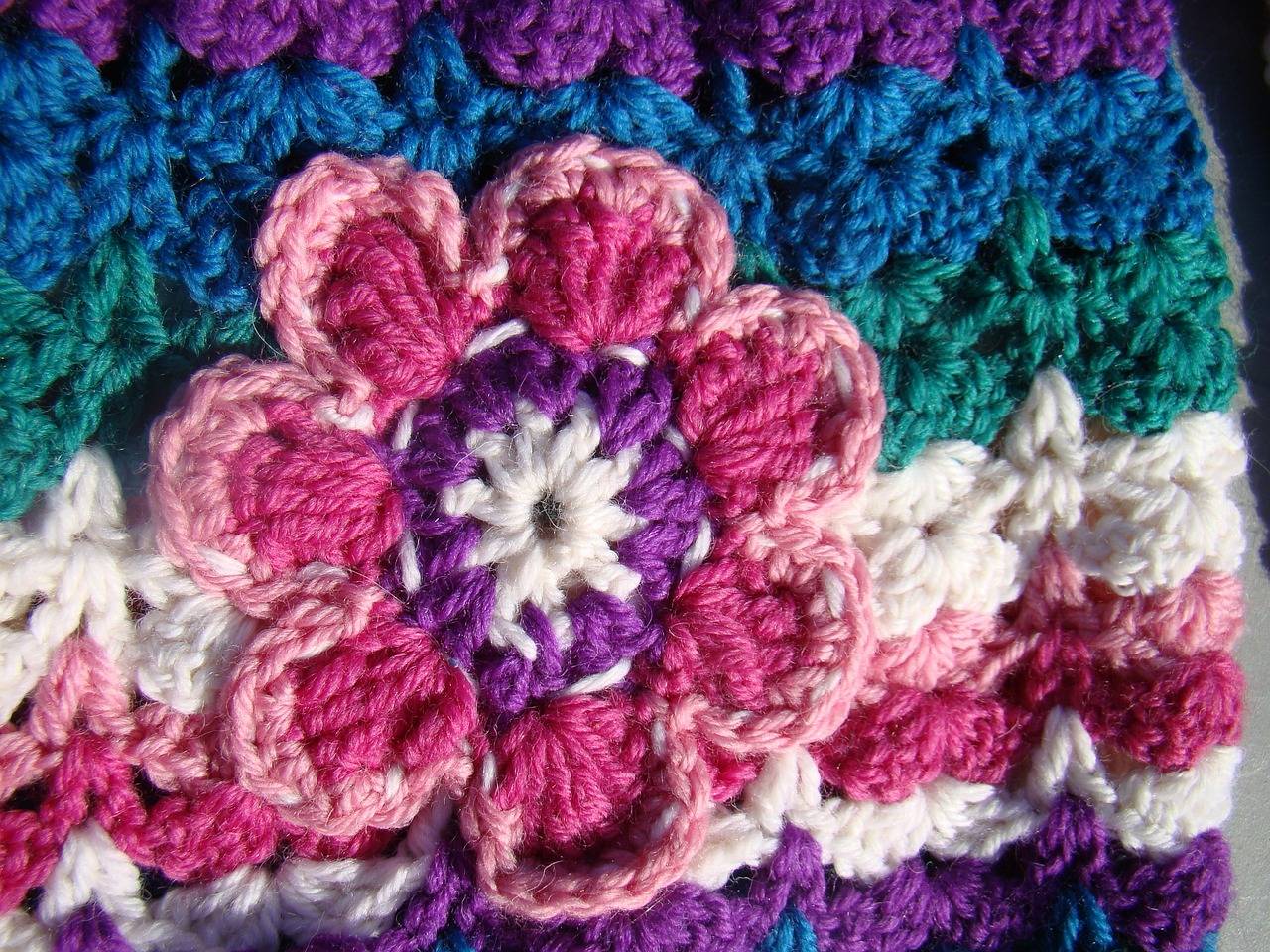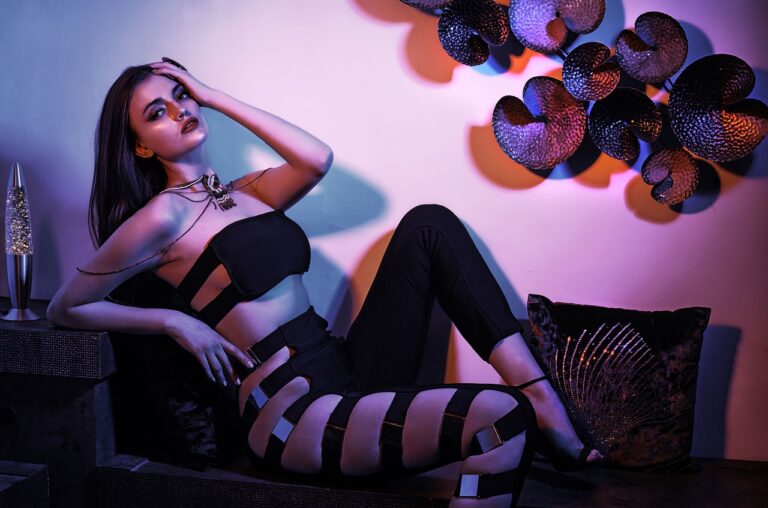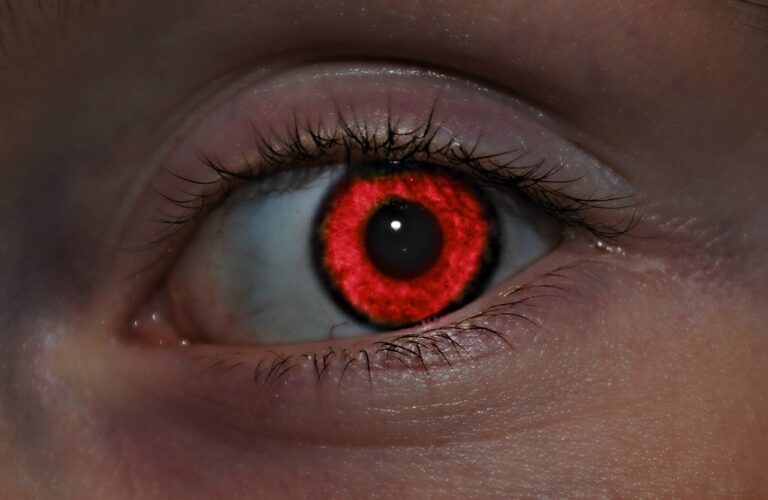The Psychology of Fashion Impersonation in Department Store Consumers: Betbhai99 com login, Radheexch, My99exch
betbhai99 com login, radheexch, my99exch: The Psychology of Fashion Impersonation in Department Store Consumers
Do you ever find yourself trying on clothes in a department store and suddenly feeling like a completely different person? Maybe you slip into a tailored suit and suddenly feel like a powerful CEO, or you try on a flowy bohemian dress and feel like a free-spirited artist. This phenomenon is known as fashion impersonation, and it’s a fascinating aspect of consumer behavior that has been studied by psychologists and marketers alike.
In this article, we’ll delve into the psychology behind fashion impersonation in department store consumers. We’ll explore why we tend to adopt different personas when trying on clothes, how this behavior impacts our self-perception and decision-making processes, and what marketers can do to leverage these insights to create more engaging shopping experiences.
The Urge to Role-play
When we try on clothes in a department store, we’re not just evaluating how we look in the mirror we’re also engaging in a form of role-playing. Clothes have the power to transform not just our outward appearance, but also how we feel about ourselves and how we interact with the world around us. This phenomenon is known as enclothed cognition, a concept first introduced by Hajo Adam and Adam Galinsky in a study published in the Journal of Experimental Social Psychology in 2012.
According to Adam and Galinsky, when we put on certain clothes, we tend to adopt the psychological traits associated with those clothes. For example, wearing a white coat associated with doctors may make us feel more competent and focused, while wearing a superhero cape may make us feel more brave and powerful. This concept extends to fashion impersonation in department store consumers when we try on clothes that evoke a certain persona, we may subconsciously adopt that persona and behave accordingly.
Impression Management
Fashion impersonation in department store consumers is also closely linked to impression management, a concept coined by sociologist Erving Goffman in his seminal work “The Presentation of Self in Everyday Life.” According to Goffman, we constantly craft and convey different identities to others in social interactions, aiming to control the impressions they have of us. This phenomenon is particularly prominent in consumer settings like department stores, where we have the opportunity to experiment with different personas through clothing.
When we try on clothes that evoke a certain persona whether it’s a sophisticated businesswoman, a carefree bohemian, or a rebellious rockstar we’re engaging in impression management by signaling to others (and ourselves) who we aspire to be. This process allows us to explore different facets of our identity, boost our self-esteem, and experiment with new ways of presenting ourselves to the world.
The Influence of Social Norms
Fashion impersonation in department store consumers is also influenced by social norms and cultural expectations surrounding clothing and appearance. In many societies, clothing serves as a form of social signaling, conveying information about our status, personality, and values to others. As a result, we may feel pressure to conform to certain fashion trends or stereotypes when trying on clothes in department stores, even if those trends don’t align with our true selves.
This phenomenon is known as normative influence, a concept from social psychology that refers to the pressure to conform to the expectations and behaviors of a group. When we try on clothes in a department store, we may be influenced by societal norms around fashion and appearance, leading us to adopt personas that are consistent with those norms. This behavior can be driven by a desire for social acceptance, a fear of standing out, or a need to fit in with a certain group.
The Role of Self-Perception
Fashion impersonation in department store consumers also has a significant impact on self-perception and self-esteem. When we try on clothes that evoke a certain persona, we may experience a boost in confidence and a more positive self-image. This effect is known as the “halo effect,” a cognitive bias that causes our overall impression of a person to influence our judgments of their specific traits.
For example, if we try on a power suit and feel like a successful business executive, we may perceive ourselves as more competent, assertive, and capable in other areas of our life. This positive self-perception can lead to increased confidence, motivation, and empowerment, shaping our behavior and decision-making processes both in the store and beyond.
Marketing Implications
Understanding the psychology of fashion impersonation in department store consumers has important implications for marketers and retailers looking to create more engaging shopping experiences. By leveraging this knowledge, brands can design store layouts, product displays, and marketing campaigns that resonate with consumers’ desires to experiment with different personas through clothing.
For example, retailers can create themed dressing rooms that cater to different personas such as a “power dressing” room for professional attire, a “boho chic” room for casual wear, or a “rockstar glam” room for edgier styles. By curating these spaces to evoke specific moods and attitudes, retailers can enhance the overall shopping experience and encourage consumers to explore different facets of their identity through fashion.
FAQs
Q: Is fashion impersonation the same as dressing up in costumes?
A: While fashion impersonation shares some similarities with dressing up in costumes, the key difference lies in the intent behind the behavior. Dressing up in costumes is typically done for special occasions or events, such as Halloween or themed parties, and is often associated with playful and temporary role-playing. In contrast, fashion impersonation in department store consumers is a more subtle and everyday form of persona adoption, driven by the desire to experiment with different identities through clothing.
Q: How can I use fashion impersonation to enhance my personal style?
A: To enhance your personal style through fashion impersonation, try experimenting with different personas and clothing styles that resonate with you. Pay attention to how certain clothes make you feel and how they impact your self-perception. Don’t be afraid to step out of your comfort zone and try on pieces that challenge your existing wardrobe and identity. Remember that fashion is a form of self-expression, so embrace the opportunity to explore different facets of your personality through clothing.
Q: Are there any ethical considerations related to fashion impersonation in department store consumers?
A: While fashion impersonation can be a fun and empowering way to explore different aspects of our identity through clothing, it’s important to be mindful of cultural appropriation and stereotype reinforcement. Avoid adopting personas that perpetuate harmful stereotypes or appropriate elements of marginalized cultures. Instead, celebrate diversity and inclusivity in your fashion choices and support brands that prioritize ethical and sustainable practices in their manufacturing processes.
In conclusion, the psychology of fashion impersonation in department store consumers offers valuable insights into the ways in which clothing can shape our self-perception, behavior, and decision-making processes. By understanding the role of role-playing, impression management, social norms, and self-perception in this phenomenon, marketers and retailers can create more engaging shopping experiences that resonate with consumers’ desire to experiment with different personas through fashion. So next time you try on that power suit or bohemian dress, remember that you’re not just changing your outfit you’re stepping into a whole new persona.







